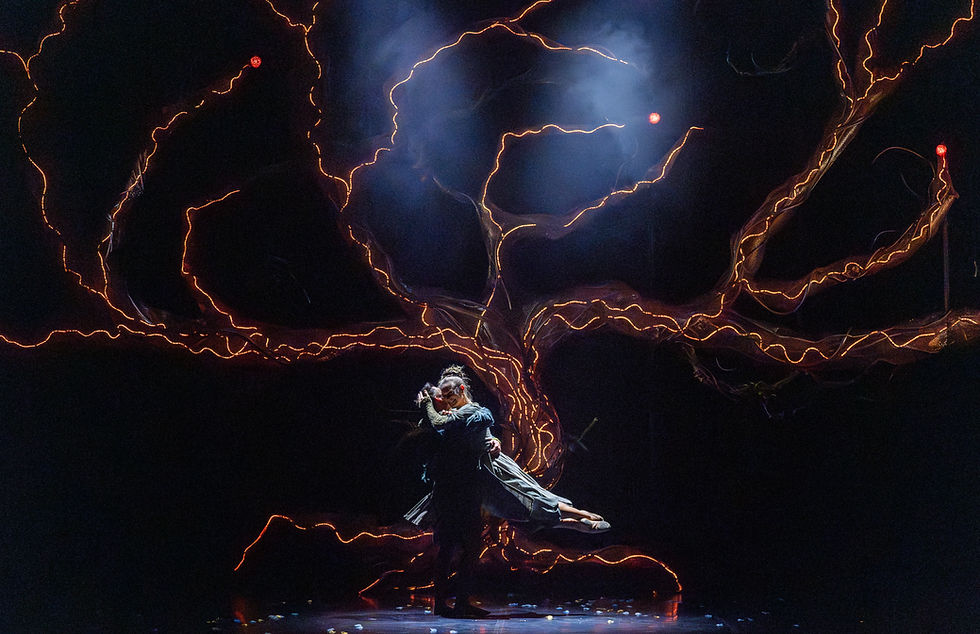Weston Park Museum: Inside one of Sheffield’s most loved sites of History and Culture
- Aisha Khan
- Nov 17, 2022
- 3 min read
Updated: Jan 26

Weston Park Museum, located in Weston Park, first opened to the public in September 1875. Initially, it was a privately owned house, with the park as its large estate. Purchased by Sheffield City Council after the death of the final family member, the grounds were converted into Sheffield’s first public park, and the house into the city’s first public museum. Now, it is central to the city as a space of knowledge, history and culture.
Whether on a day out with the family, a school trip, a date, or time to pass between university lectures, the museum offers exhibitions and activities for all types of people. For visitors, there is a gift shop for Sheffield-specific souvenirs, celebrating the city in all its Northern glory!
Currently, the museum is running the ‘Brought to Light: The Remarkable Bateman Collection’ exhibition, from 27th May 2022 to 15th January 2023.
The Bateman collection was a family collection which Thomas Bateman (1821-1861) expanded, beginning with his grandfather’s collection of antiques, to his father’s artefacts. Through his fascination with the past, Thomas Bateman conducted extensive excavations in the Peak District, which he used to found a museum at his Derbyshire home and display the multiple relics of his family’s collection.
Though Bateman’s museum closed in the 1890s, Sheffield was able to acquire parts of the collection. Now, a lot of our local archaeology collection can be traced back to Bateman.
The Weston Park Museum holds fossils, skulls, metals and minerals that Thomas Bateman had excavated, bought and collected, alongside paintings and works written on Bateman’s discoveries.
Alongside Bateman’s vast collection lies 50,000 years of Sheffield’s history, preserved in time through artefacts, images, films and interactive spaces. There are a range of collections: Anglo-Saxons, Romans, Ancient Egypt, World Wars, suffrage and workers’ movements and LGBT pride. From mementos of those periods to educational films played, the displays provide a deep insight into the history of Sheffield and celebrate where we are now.
Don’t worry, the museum is not purely archaeological collections of the past. There are various displays to educate about the nature and wildlife that is right here in Sheffield. With presentations of the creatures that once roamed the region, there are modern displays of the ecosystem of Sheffield’s woodlands to learn from. The star display is the Weston Park woolly rhinoceros, which is at the centre of the natural exhibitions due to its towering size (and everyone loves to take photos with it).
For younger attendees, there are areas for dressing up in historical garb, interactive pieces of Sheffield, drawing and colouring stations, and replicas to immerse themselves in.
And you can’t have a museum without an art gallery. Filled with over 60 works, the displays reflect the changes in Sheffield over the past 250 years, with its industrial origins and lost landmarks, to the scenes we know and love today. The gallery celebrates the past and present of the city, leaving potential for it to continue to develop.
As the gallery develops, so does the museum as a whole. Weston Park Museum continues to host new exhibitions and add to its expanding collection as the city of Sheffield grows. Just like the city, the museum is constantly modernising while commemorating its industrial past. The underrated museum tells the stories of the people of Yorkshire, which often are left unheard. As a vast bank of knowledge and history, the museum remains a strong symbol of Sheffield’s past, present, and future.





